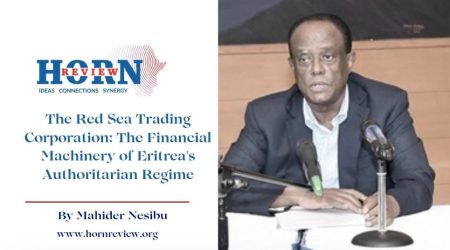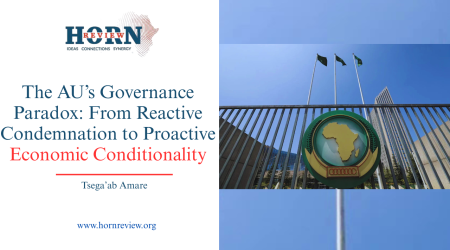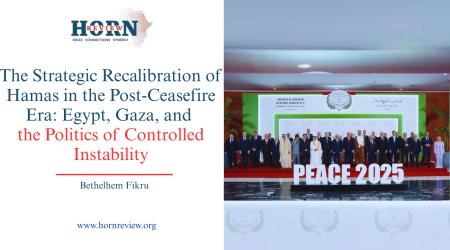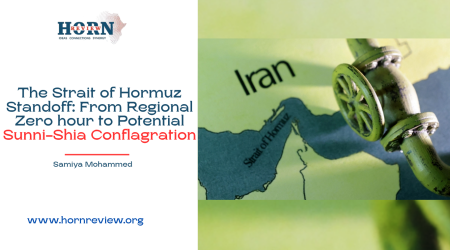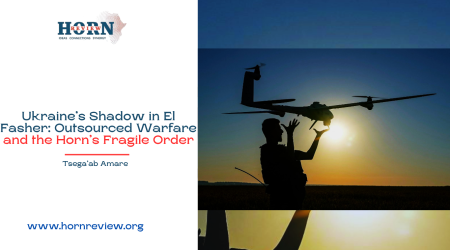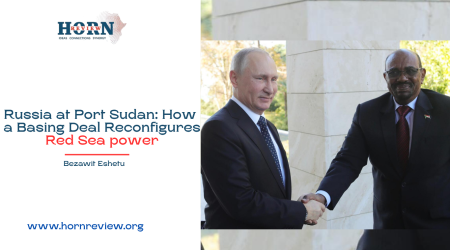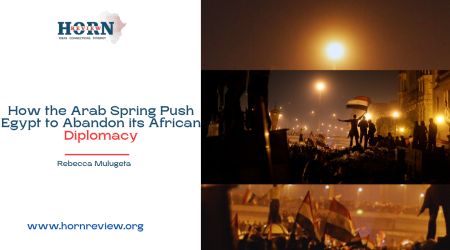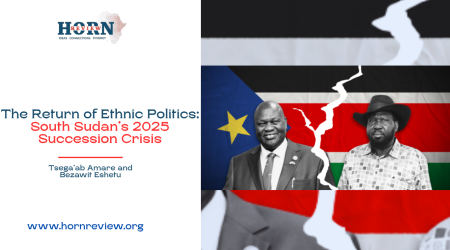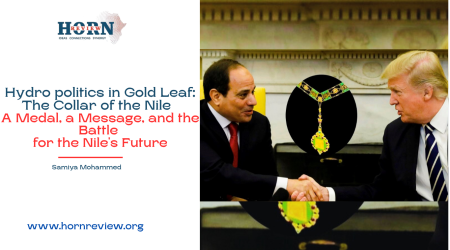
9
Jul
The Festering Cartography:Strategic Malpractice
The 1978 Memo Washington Ignored
The annals of history are replete with instances where the rejection of fundamental truths, particularly those concerning deeply rooted nationalistic aspirations, has paved the way for cycles of instability, conflict, and ultimately, the rise and fall of nations. The unearthed 1978 U.S. State Department memorandum, advocating for an understanding of Greater Somalia and recognizing Somali nationalism as a potent, even stabilizing, force in the Horn of Africa, stands as a prescient and ultimately dismissed, warning.
The decision by Washington to reject this view, clinging instead to a conventional approach, represents a misreading of the region’s dynamics, a strategic oversight whose reverberations continue in the persistent fragility and episodic ways that plague this critical geopolitical place. This historical rejection is a critical lesson that, if unheeded, condemns the region to a state of flux, where the very forces ignored or suppressed inevitably reassert themselves, often with violent consequences.
The core argument of the memorandum is that Somali nationalism and irredentism constituted the most powerful and political force in the Horn was an insight into the region’s socio political fabric. Unlike artificial constructs or externally imposed boundaries, nationalism, particularly when rooted in a shared language, culture, and historical narrative, possesses an inherent resilience and an almost primordial power to mobilize populations.
To dismiss such a force as belligerence, rather than acknowledging its potential as a unifying or even stabilizing element if properly understood and accommodated, was to fundamentally misinterpret the strategic landscape. The call for a fresh look at the basic assumptions underlying our approach to the problem of indigenous Somalis living in the North Eastern Province of Kenya was not an endorsement of territorial aggression but a plea for a more realistic and perhaps more flexible diplomatic strategy that recognized the sentiment driving the desire for self determination and unity among ethnic Somalis.
The conventional approach that prevailed likely prioritized the preservation of existing colonial borders and the avoidance of any perceived endorsement of irredentism, fearing a domino effect across Africa. While understandable from a traditional diplomatic perspective, this resistance to the status quo failed to see that the very suppression of these potent nationalistic sentiments could, paradoxically, become the greatest destabilizing factor. When legitimate aspirations are denied avenues for expression or resolution, they often fester, leading to underground movements, insurgencies, and protracted conflicts.
The history of the Ogaden war itself, which was raging at the time of this internal debate, served as proof of the intensity and nature of Somali nationalist fervor. It was not an isolated incident but a manifestation of a deeper, unaddressed yearning for unity that transcended state lines.
The cycles of conflict, the rise of extremist groups exploiting grievances, and the recurrent challenges to centralized authority in Somalia itself can, in part, be traced back to the international community’s reluctance to engage with the complexities of Somali identity beyond the confines of a post colonial state structure that many Somalis never truly accepted. By choosing to reinforce artificial divisions rather than exploring mechanisms for self determination or alternative political arrangements that could satisfy nationalist ambitions within a framework of regional stability, external powers inadvertently contributed to the very instability they sought to prevent.
Moreover, the memorandum’s astute observation about the Kenyan delegation’s request for military aid, including advanced weaponry, highlights another critical aspect of this historical oversight. Arming one side in a deeply regional dispute, without addressing the causes of friction, can intensify tensions rather than mitigate them. While defensive capabilities are vital for national sovereignty, pouring military resources into a region simmering with unresolved territorial and identity issues often fuels an arms race, diverting scarce resources from essential development and hardening positions rather than encouraging dialogue and accommodation.
The focus on military solutions, rather than political and social ones, becomes a self fulfilling prophecy, leading to an environment where conflict is seen as the primary means of dispute resolution. This historical episode serves as an approaches that prioritize sustainable peace over to historical precedents, especially when those precedents have proven to be inadequate or even counterproductive.
To avoid repeating the tragic rise and fall patterns seen in many unstable nations, where internal contradictions and suppressed identities eventually tear at the fabric of the state, policymakers must cultivate a sharper analytical lens. This involves a understanding of local historical narratives, societal grievances, and the emotional resonance of nationalistic movements. powerful cautionary tale for contemporary foreign policy.
The temptation to apply simplistic, one size fits all solutions to complex ethno nationalistic movements remains strong. However, true long range stability in any region demands a willingness to critically re evaluate foundational assumptions, even those deeply in diplomatic dogma. It requires an empathy for the deeply held beliefs and aspirations of diverse populations, and a courage to explore unconventional.
It necessitates moving beyond a purely state centric view of international relations to acknowledge the powerful, often sub state, forces that shape geopolitical realities.
Only by truly comprehending and creatively engaging with these fundamental drivers of human behavior can external actors hope to foster genuine stability, rather than simply perpetuating cycles of conflict born from unacknowledged truths. The 1978 dissent channel message from the State Department stands as a reminder that sometimes, the greatest wisdom lies in questioning the prevailing narrative and daring to see the world not as it is conventionally drawn on a map, but as it exists in the hearts and minds of its people.
By Samiya Mohammed,Researcher,Horn Review

